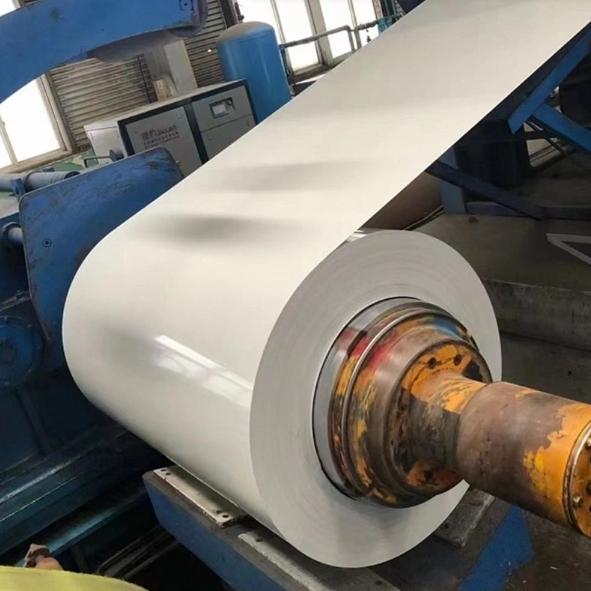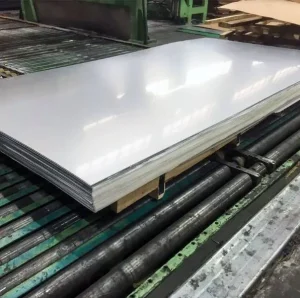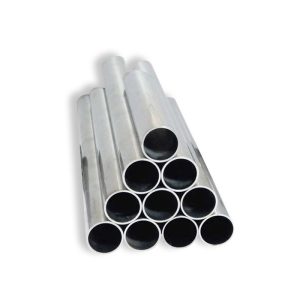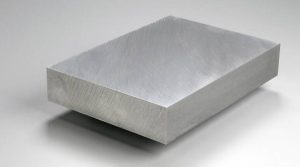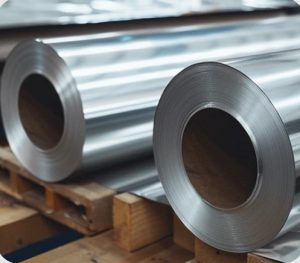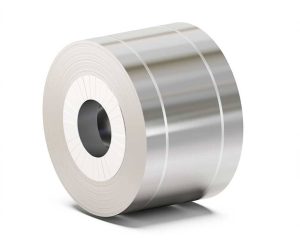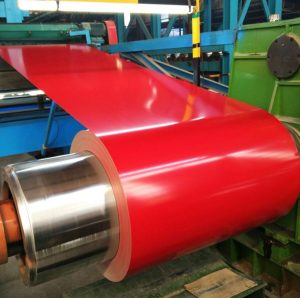In the dynamic world of construction and manufacturing, selecting the right materials is crucial. One such material that has gained prominence is the PPGI Q195 Coil. This article delves deep into its structural strength and cost implications, providing insights for industry professionals.
Understanding PPGI Q195 Coil
PPGI Q195 Coil stands for Pre-Painted Galvanized Iron made from Q195 steel. Q195 is a Chinese steel grade known for its good plasticity, toughness, and welding performance. When combined with a galvanized coating and pre-painted finish, it offers enhanced corrosion resistance and aesthetic appeal.
Structural Strength: A Closer Look
The structural integrity of PPGI Q195 Coil is paramount for its applications. According to data from SteelPRO Group, Q195 steel exhibits:
-
Tensile Strength: 315 – 430 MPa
-
Yield Strength: ≥195 MPa
-
Elongation: ≥10%
These properties make it suitable for applications requiring moderate strength and flexibility.
Cost Analysis: 2025 Outlook
The cost of PPGI Q195 Coil is influenced by various factors:
-
Raw Material Prices: Fluctuations in zinc prices directly impact the cost.
-
Demand and Supply: Increased demand in construction and manufacturing sectors can drive prices up.
-
Technological Advancements: Improvements in coating technologies can affect production costs.
As per Wanzhi Group, the price of PPGI is expected to increase by 3-8% in 2025 due to rising raw material costs and increased demand.
Application Scenarios
PPGI Q195 Coil finds applications in:
-
Construction: Roofing, wall panels, and facades.
-
Appliances: Refrigerators, washing machines, and ovens.
-
Automotive: Interior panels and trims.
Its formability and aesthetic appeal make it a preferred choice in these industries.
Common Misconceptions
⚠️ Note: A common misconception is that thicker coatings always equate to better performance. However, excessively thick coatings can lead to cracking during forming processes. It’s essential to balance coating thickness with the intended application.
Selection Guide: Choosing the Right PPGI Q195 Coil
Selecting the appropriate PPGI Q195 Coil involves several considerations:
-
Environmental Conditions: For coastal or industrial areas, opt for thicker coatings to combat corrosion.
-
Forming Requirements: If the material undergoes significant bending, thinner coatings may prevent cracking.
-
Aesthetic Needs: Thicker coatings can offer better color retention and gloss.
-
Cost Considerations: Thicker coatings may increase material costs.
-
Compliance Standards: Ensure the selected thickness meets industry regulations.
Final Checklist
-
Assess Environmental Exposure: Determine the corrosiveness of the environment.
-
Evaluate Forming Processes: Understand the degree of bending or shaping required.
-
Determine Aesthetic Requirements: Consider color retention and gloss levels.
-
Analyze Cost Implications: Balance performance with budget constraints.
-
Ensure Regulatory Compliance: Verify that the material meets relevant standards.
By meticulously evaluating these factors, one can select the most suitable PPGI Q195 Coil for their specific application, ensuring longevity and performance.


